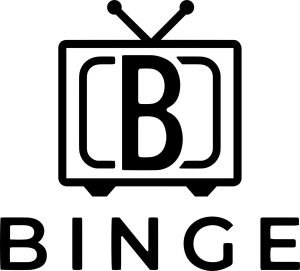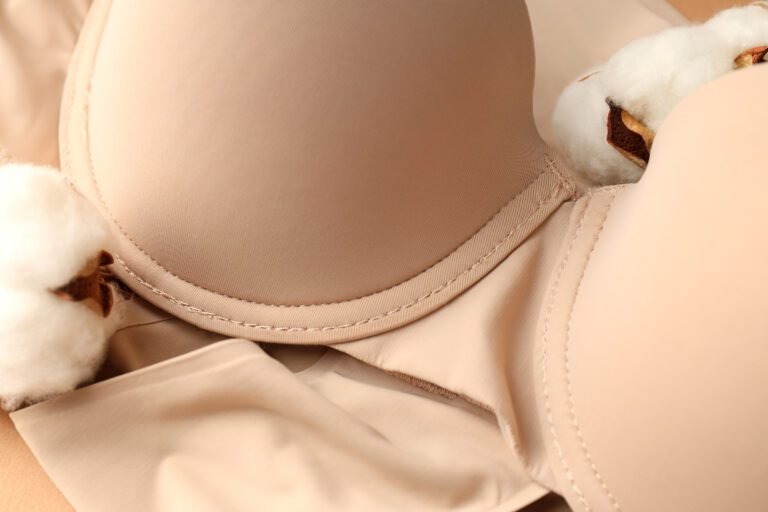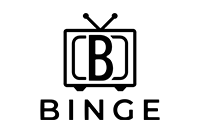When you are in the store shopping for Momcozy maternity lingerie, not only have you probably seen nursing bras, but you may have also seen pumping bras right next to them. Although they appear to be similar on the face of it, they have almost different roles in your breastfeeding journey. This knowledge allows you to decide what to use in your day-to-day life to perform the best task, and whether you need the two or one all-aroundd hybrid bra that can perform all those
Defining the Purpose: Nursing vs. Pumping
Nursing and pumping bras will help you in the process of motherhood, but their purposes vary:
The nursing bras are breastfeeding-friendly. Their major aim is to provide you with the easy access of feeding your baby. They have drop-down cups, front clothing or stretchable panels that can be opened in a quick one-handed manner to enable your baby to latch in comfort.
Pumping bras, on the other are milk expression devices, usually a breast pump. They possess special openings or layers that firmly fasten pump flanges in position, so that you need not use your hands during pumping. Click to see more>>
This may not seem like a big difference, yet it actually comes down to the support the bra gives to your body and your daily routine. Nursing bras are comfortable and user-friendly, whereas pumping bras are stable and hands-free.
Major Structural differences in design.
Key Structural Differences in Design
Cup Access
- Nursing bras tend to have clips or panels, which allow one to be able to lower or open the cup to be able to have direct breastfeeding.
- Pumping bras, conversely, possess crevices or folded holes that loosely fit the breast pump flanges.
Hands-Free Function
- Nursing bras tend to make you hold the pump in case you attempt to express milk when wearing them.
- Pumping bras are actually meant to make you multitask while you are pumping, be it work, reading, or relaxing.
Support and Structure
- The nursing bras are flexible. They wear the elastic, loose-fitting fabrics that can accommodate the fluctuations in the size of their breasts during pregnancy and after giving birth.
- The pumping bras are more organized. They must support the weight of your pump and bottles; hence are normally constructed using reinforced panels or two layers of cloth at the chest.
Fit and Tightness
- The nursing bras are more likely to be a little bit loose so that blocked milk ducts can be avoided, in addition to having flexibility in fullness.
- Pumping bras must be tight enough to hold the pump in place, but not too tight, otherwise this may influence the flow of milk.
The Rise of the “Hands-Free” Combination Bra
Contemporary mothers tend to do both – to breastfeed their infants in the presence and to pump in the absence of the mother. To simplify matters, most brands, such as Momcoz,y have now implemented hybrid bras that have been integrated to perform both functions.
These are nursing and pumping hands-free bras that are meant to move smoothly between feeding and pumping. The following makes them so convenient:
- Dual Access -They have nursing clips that serve breastfeeding and hidden holes or panels where pumps can be inserted.
- Hands-Free Functionality – You can squeeze milk using wearable or traditional pumps and not having to hold them.
- All-Day Comfort – Composed of soft, stretchy, wire-free fabrics that adjust to changes in your body during pregnancy and after childbirth.
- Convenience-Saving Time – There is no need to switch bras or have a variety of styles – one bra can be of use in both types.
Practicality for Different Breastfeeding Methods
The kind of bra you will need will greatly depend on the mode of breastfeeding and the frequency of pumping your baby.
If You Exclusively Nurse:
Select a quality nursing bra. The main factor is comfort and easy access, which you probably will not require in the additional structure of pumps.
If You Exclusively Pump:
Chew on a special pumping bra. The lock grip and fit snug will allow you to pump easily and painlessly – particularly when using it in long sessions.
If You Nurse and Pump:
Hybrid nursing and pumping bras are the best choice. You can breastfeed your baby and pump immediately without changing the bra.
Support, Comfort, and Material Considerations
No matter what kind it is, all maternity lingerie must be able to address the needs of your changing body. Here’s what to look for:
Adjustability:
Select bras with multi-hook or straps that can be adjusted so that you can comfortably go through changes in breast size during pregnancy and after childbirth.
Stretch and Recovery:
Find spandex or elastic mixtures of high quality that stretch with the filling of your breasts with milk , but regain their shape afterward.
Ventilated, Breathable, Skin-Friendly Materials:
Silky materials such as cotton or modal have the power to help avoid irritation and overheating, especially when worn extensively.
No Harsh Seams or Wires:
Delicate breast tissue should be fitted with wire-free bras. In case you want underwire support, make sure that it is below the breast tissue and does not rub upon milk ducts.
Reinforced Pump Areas:
In the case of pumping or hybrid bras, additional reinforcement will ensure that the pumps do not fall and will be held firmly.
Ease of Care:
The maternity bras must be washable and dry fast. The styles of many Momcozy products can be machine-washed, and you save time and energy.
Summary: Do You Need Both, One, or a Hybrid?
Here’s the takeaway:
- Nursing bras are the best when you mostly breastfeed and need some easy comfort and access.
- Pumping bras are best when you change your pump regularly or all the time, and need to have a stable hand-free experience.
Finally, it will be a matter of lifestyle to decide. In this case, you need to use a hybrid bra only a few times, and a single good one can suffice. When you pump each day,y you are guaranteed comfort as well as efficiency by owning both styles.
But in any case, spending a little money on great maternity underwear will not only help your breasts, but also your self-esteem, comfort, and overall happiness as a mother.


































